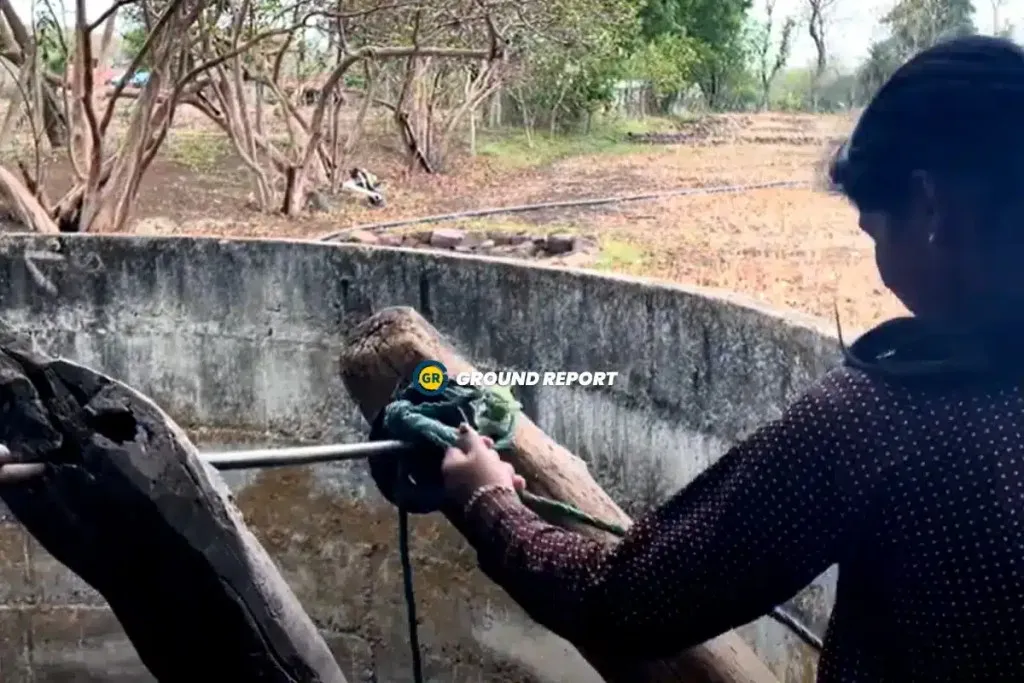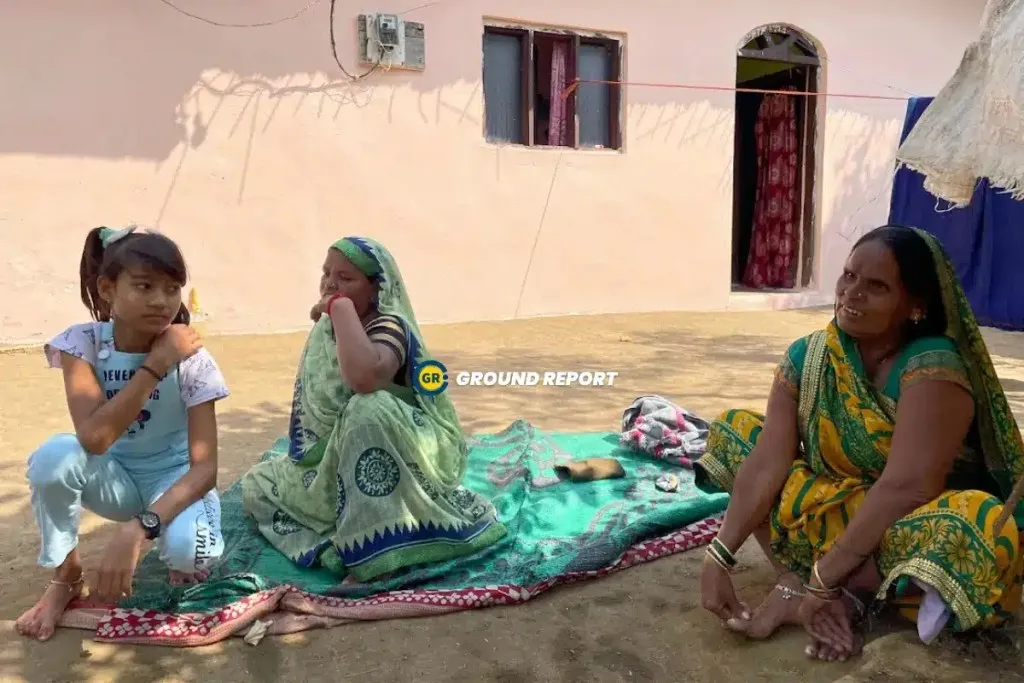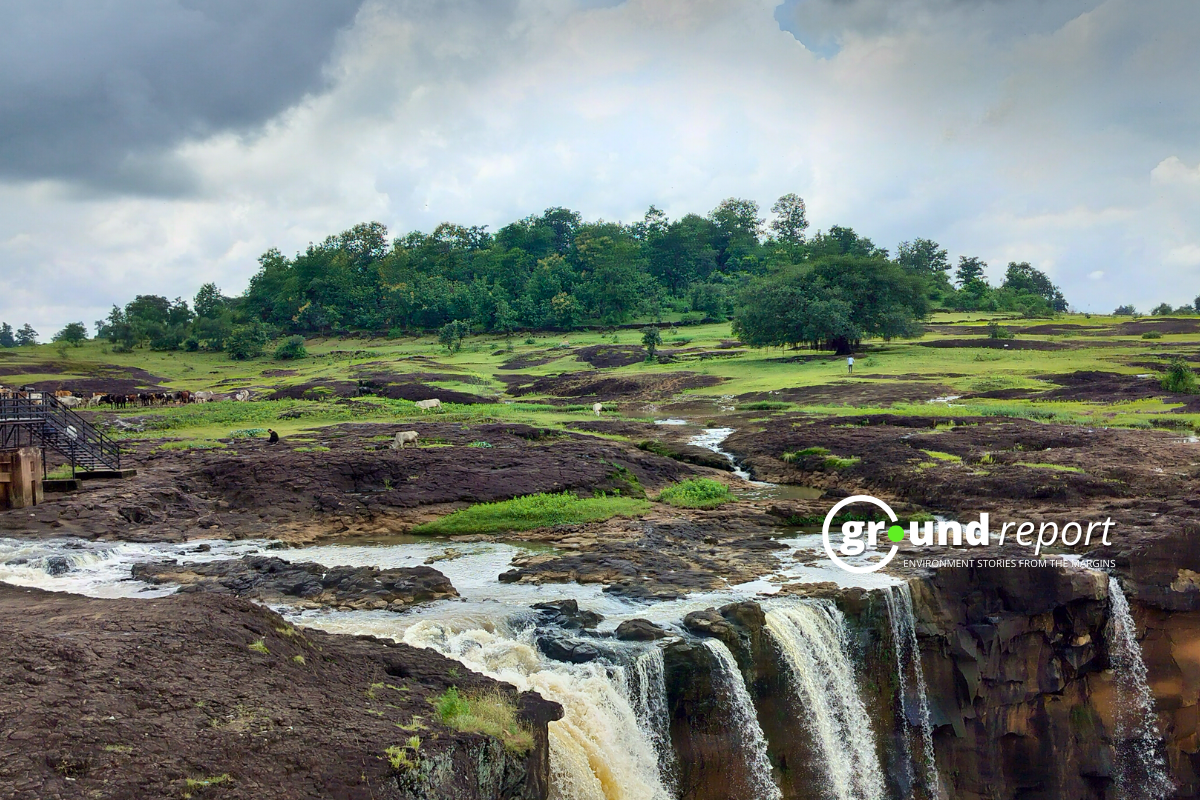During COP 28 held recently in Dubai, global leaders congregated to strategize on tackling climate change. However, in the assemblage of state heads during this period, female representation remained scarce. This underrepresentation of women in climate action decision-making is not a mere coincidence. This trend was also evident in the previous COP 27, where just 7 out of 110 leaders were women.
Climate change will impact everyone, but it’s an oversimplification to suggest it will impact all societal segments equally. The United Nations Women reports that climate change will push an extra 158 million women and girls into poverty by mid-century, a figure that exceeds men by 16 million. Therefore, incorporating their viewpoint into climate discussions is crucial.
The untouched Global North and women
Neeraja Nitin Kudrimoti, Associate Director of Transform Rural India in Chhattisgarh, explained in an interview with Ground Report how climate change disproportionately impacts underdeveloped regions. He adds this includes not only nations with smaller economies but also women in rural sections of mid-economy nations, such as India. These areas often suffer from poverty and hunger. He concludes the majority of the Global South‘s population relies on agriculture and natural resources, making them especially vulnerable to climate change.
Nitin also commented on the nature of climate change discourse, which is frequently filled with scientific jargon and predominantly led by the Global North. She stated that this often results in the omission of rural matters from a global viewpoint.
Women affected by drought
The repercussions of climate change in rural regions are quantified by flood events, droughts, and crop loss. These catastrophes appear to predominantly impact women. Varsha Rakwar from the Women Climate Collective elaborates, using the rural areas of India as an example.
During periods of drought, women often bear the responsibility of getting water from reservoirs that are situated miles away from their homes. This they do, a chore that, typically, happens multiple times daily. Juggling these arduous water-fetching journeys alongside regular household duties can significantly impact women’s health.

Worldwide, the number of girls who are in charge of fetching water from reservoirs is double that of boys. A rough estimate suggests that for 70% of houses, it is the women who bear the water-collecting duties. Interestingly, there are around 1.8 billion individuals globally who lack access to water in their own homes.
Women affected by heat wave
The Indian Meteorological Department declared March 2022 as the hottest month since 1901. The elevated temperatures during this period resulted in 25 fatalities in India, while in Pakistan, the death toll reached approximately 65. Varsha says that “Heat waves present numerous severe challenges for women, including vomiting, dizziness, and muscle strain, all of which can potentially endanger their lives.”
Statistics reveal that the number of women who succumbed to heatwaves rose from 849 between 2001 and 2005 to 1254 between 2011 and 2015. Not only dehydration but also insufficient food exacerbates this detrimental impact on women. As Varsha also points out,
“Climate change has negatively impacted crop profits, resulting in less food availability in homes. Consequently, due to the custom of men eating first and women consuming the leftovers, the effect on their nutrition is considerable.“

Impact on men, also indirectly impacts women
Apart from these circumstances, women are most affected by storms and other natural disasters. Independent journalist Shuchita Jha says that most women in rural environments are dependent on men. In such a situation, when men’s livelihood is in danger, the needs of women and the resources provided to them are reduced. Giving an example, she says, “if the father’s income is affected then the girl’s education will be stopped first, not the boy’s.”
Question of Women Leadership
Women are generally not the major decision-makers in an household. Similarly, the presence of women amongst decision-makers in the global climate discourse is negligible, as mentioned above. On the other side, there is faith in female leadership. As per a European Investment Bank survey, 45 per cent of men and 60 per cent of women in the European Union believe that the fight against climate change could be more effective if women leaders were given important political responsibilities. To ensure women’s leadership, Shuchita affirms that all nations should decide to proactively place women in political leadership roles.
“Every developed nation is grappling with the issues of patriarchy. This results in denied access to education and leadership roles for women. Unless improvements are made on these issues, they will not be reflected globally.”

What will change with women’s leadership?
Carmen Niethammer, senior gender specialist at the European Investment Bank, says,
“Climate change is extremely sexist… We must ensure that our climate solutions are not sexist.”
According to the International Union for Conservation of Nature (IUCN), women can be helpful in adaptation. We can learn from women what things can be better to adopt in the changing environment.
Ensuring women’s leadership guarantees that all issues, from menstruation to domestic violence, become a focal point of the climate solution resulting in more inclusivity. The Global Aid Organization provided business training to women in Somali villages. These women subsequently established self-help groups in their respective villages, amassing funds like a cooperative society. This sum was used to assist their community during the 2016 famine.
If we examine the global context using this example, we can discern that empowering women can lead to not only the formation of robust groups of women in rural areas, but also provide avenues for empowering women to combat climate change. Special provisions can be implemented to shield them from these adverse effects.
Keep Reading
Indian agriculture household earns just Rs. 10,218 in a month: Govt
Post-harvest losses still high, reveals data shared in Lok Sabha
Khadi Haat village’s power-free wastewater treatment solution and more
Support us to keep independent environmental journalism alive in India.
Follow Ground Report on X, Instagram and Facebook for environmental and underreported stories from the margins. Give us feedback on our email id greport2018@gmail.com.
Don’t forget to Subscribe to our weekly newsletter, Join our community on WhatsApp, and Follow our YouTube Channel for video stories.









